Planting Technology Lists
-
How to prevent and cure mulberry rotten head blast
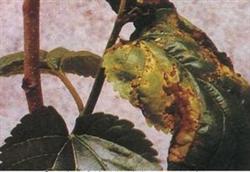
Mulberry bacterial black blight, commonly known as "rotten head blast", is one of the serious mulberry diseases. Symptoms: ① black blight bud, the first bud of the disease lost luster and died sharply; ② shoot stem rot. Black rot appeared in the stem of the new shoot, necrosis of phloem and xylem in part, and rotten head of ③. After the top bud leaf is infected with disease, the growth point.
2018-09-10 -
Comprehensive control techniques of green mold in Pleurotus ostreatus
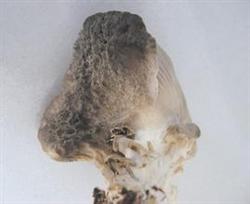
1. The cap of Pleurotus ostreatus is small, the differentiation is poor, and the stalk is longer. The reason was that during the period of primordium formation and differentiation, the mushroom room was anoxic, the light was insufficient, and the temperature was high, which affected the normal differentiation and development of the cap. Prevention and treatment methods: strengthen ventilation, adjust light and temperature. two。 Pleurotus ostreatus lid performance, mainly the edge.
2018-09-09 -
Occurrence regularity and integrated control techniques of fleshy bacteria in Pleurotus ostreatus and walnut
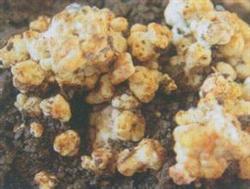
Recently, many netizens have reported the harm of walnut fleshy bacteria in their cultivated Pleurotus ostreatus, and now reprint an article entitled "occurrence regularity and control techniques of Pleurotus ostreatus and walnut fleshy bacteria" published by Yang Yong an Xiurong, Agricultural Science Research Institute of Taian City, Shandong Province. for growers' reference: in recent years, Taian City and Zhou.
2018-09-09 -
Two stubble noodles of Pleurotus ostreatus should be peeled.
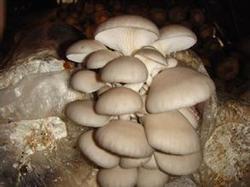
The economic benefit of planting Pleurotus ostreatus with peanut shell is 9.67% and 21.82% higher than that of rice straw cultivation. The following links should be grasped in the process of operation. Raw material treatment and formula crush the peanut shell into small particles and set aside after exposure to the sun for 2 or 3 days. The formula is: peanut shell 90%, wheat husk or rice bran 8% lime 3%, phosphorus.
2018-09-09 -
Control methods of bacterial wilt of chrysanthemum
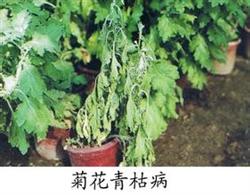
First, the symptoms of damage: the upper leaves of the infected plant wilted for 3-5 days, the bottom leaves turned yellow, the appearance of stem nodes near the ground was brown, the succulent part of the root rotted, the epidermis and fleshy root also turned brown, and then became lead-white. The vascular bundle of the cross-sectional stem turns brown, squeezed by hand or spilled by moisturizing, and the diseased root can also be removed from.
2018-09-09 -
Control methods of Fusarium wilt of chrysanthemum

First, the symptoms of damage: at the beginning of the disease, the leaf color became light yellow, wilted and drooping, the base of the stem also became light brown, the vascular bundles of the stem base became brown, and the vascular bundles of the upward expanding branches gradually became light brown, which led to root bark necrosis or blackening and rot, and some stems split at the base. It occurs when the humidity is high.
2018-09-09 -
Control methods of Sclerotinia sclerotiorum in Chrysanthemum
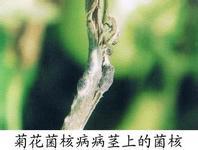
First, the symptoms of damage: waterlogged disease spots appeared in the middle and lower part of the stem at first, and then turned gray; under humid conditions, the disease part was soft rot, superficial white mildew layer, and in the later stage, the cortex of the diseased stem was moldy and fissured, and there were mouse dung-like black sclerotia in the endophy. sometimes sclerotia are also produced on the stem surface. Second, the morphological characteristics of pathogens: the pathogen is ascus.
2018-09-09 -
Control methods of Verticillium wilt of chrysanthemum
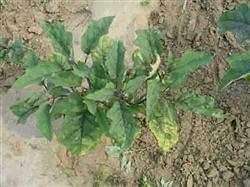
First, damage symptoms: the occurrence of Verticillium wilt in chrysanthemum is common, the leaves of infected plants are yellow and weak, yellowing is limited to a few lower leaves at first, then increases gradually, and the old leaves turn brown and die. Flowers are small or cannot blossom. 2. Morphological characteristics of pathogens: the pathogen is VerticilliumdahliaeKleb. It belongs to half-known fungi. The mycelium.
2018-09-09 -
Control techniques of black spot of chrysanthemum
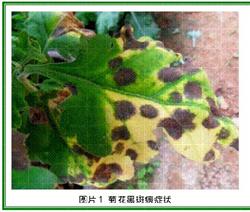
First, the main symptoms: occur on the leaves, serious can spread to the petiole. The disease spot is gray-black spot in the early stage, surrounded by faded green halo; after expansion, the disease spot is nearly round to irregular, the inside is grayish brown, the edge is dark brown, and there are yellow spots around it; in the later stage, the center of the disease spot is yellow-brown, dry, in a humid environment.
2018-09-09 -
Prevention and treatment of root cancer of chrysanthemum
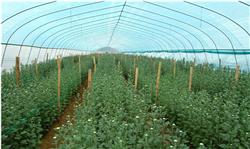
Main points of cultivation and management of chrysanthemum 1. Site selection: chrysanthemums like to be wet and afraid of drying, and avoid waterlogging. After being soaked in heavy rain for 48 hours, all of them died. Therefore, it is necessary to choose land with fertile land, convenient drainage and irrigation, and smooth power supply for planting. If the grain field is replanted, it is necessary to strengthen the main enclosure foundation and have sufficient drainage and irrigation capacity to avoid.
2018-09-09
